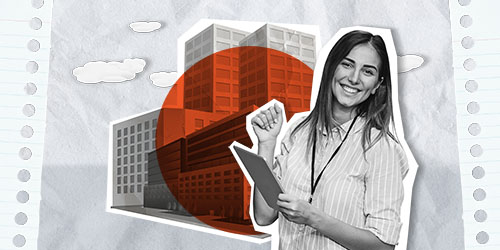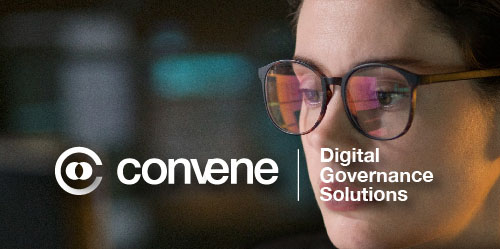There are numerous reasons you may want to develop more sustainable buildings. In the long term, creating carbon neutral homes should benefit your organisation as well as your tenants.
Your shareholders want assurance that their investment will be valuable in the long term. Demonstrating the sustainability of your projects may attract new investors and help you stand out from the market.
The legal requirements for sustainability are constantly changing – which means it is safer to get ahead now. With increasing focus on achieving net zero, it is more important than ever that developers address the issue of sustainability throughout the building process.
How Can You Improve Building Sustainability?
In an ideal world, creating sustainable homes starts at the first stage of the development. Implementing green processes throughout the design process makes it easier and more efficient to produce sustainable results. One day, these measures for sustainable housing will hopefully be an inherent part of any property design.
You know as well as we do that there is often more to think about. The sustainable journey is not a single track that everyone can follow at the same speed, but unique to your organisation. You may need to consider whether retrofitting or redevelopment will be more appropriate for the properties you acquire.
Whether you are building new properties from scratch or redeveloping existing structures, there are steps you need to take at the building stage.
What Are The First Steps To A Sustainable Project?
While specific practice for building sustainability depends on the nature and scale of the build, there are some general points which should be kept in mind. This starts at the base level of the construction by ensuring the building has the opportunity to become as well-insulated as possible.
There are other aspects of the sustainability process which must come at this early stage. For example, passive solar design strategies which make the property as suitable to the environment as possible must come before active solutions. This may involve the orientation of the property as well as designs which encourage natural heating and cooling.
How Can You Reduce Embodied Carbon?
Another important part of maximising sustainability is considering the emissions from the building itself. Embodied carbon, or the carbon used before the homes are in-use, involves the manufacturing of materials and several other factors.
By 2050, it is believed embodied carbon will be the same as operational carbon and so needs to be tackled directly. To address embodied carbon, you need to consider:
- Material extraction
- Transportation (to the manufacturer and then to the job site)
- Manufacturing
- Construction practices
As a result, it is important to assess how greenhouse gas emissions can be limited at each stage of the process:
- Can you take advantage of more sustainable means of extraction?
- Can you transport the materials in a more efficient way (or limit transportation)?
- Can you implement more efficient manufacturing processes?
- Can you improve sustainability on the building site?
These questions may be a good starting point for your manufacturing process, but it is important to get specific in your examinations. Concrete is one of the biggest challenges to achieving net zero in embodied carbon, so you should research the feasibility of implementing low-carbon mixes.
If you are rebuilding old structures, you should look into which aspects of the build can be reutilised such as old materials or the pre-existing foundations. As more organisations seek to limit their carbon in building processes, there should be even more opportunity for sustainable solutions.
Passive sustainability is the best type, as you do not have to do anything to maintain it. Only after establishing these foundations should you look into active solutions that will limit operational carbon, such as solar panels or rainwater collection.
How Can An ESG Report Improve Your Sustainability?
An effective ESG report can help manage your movement towards carbon zero. The housing sector is a significant contributor to the climate crisis, through damaging materials and processes that drain resources. The SRS aims to alleviate this by giving actionable goals.
The SRS is an ESG standard for the housing sector which will help you keep on track by prioritising goals. ESG is wide-ranging; it is important to focus on what will help you develop sustainable strategies.
How Can Convene Help You Achieve Net Zero?
Working with our vast number of housing industry clients, Convene has developed Convene ESG to help you produce the best ESG and SRS reports possible. By simplifying the ESG reporting process, Convene makes reporting simple, so you can focus on developing sustainable strategies.
With Convene ESG, you can develop a collaborative workflow - assigning sections of the ESG or SRS report to the required people. Once all the sections are filled in, Convene ESG will produce a formatted Word Document ready for publication!
Convene ESG also has a built-in comparison feature, which allows you to compare against competitors' formatting of their publicly accessible reports! This will help the whole of the housing sector develop the best results possible.
As a software provider already trusted by 100s of housing organisations, including Orbit Housing, you can trust Convene to provide you with dedicated service.
If you’d like to learn more, you can read about our early adopters here, or contact us for a free demo. Also keep an eye on our LinkedIn and Instagram as we will be scheduling free webinars soon!








